Finding Community: How CS50, Blender, and Holograms Shaped My Career
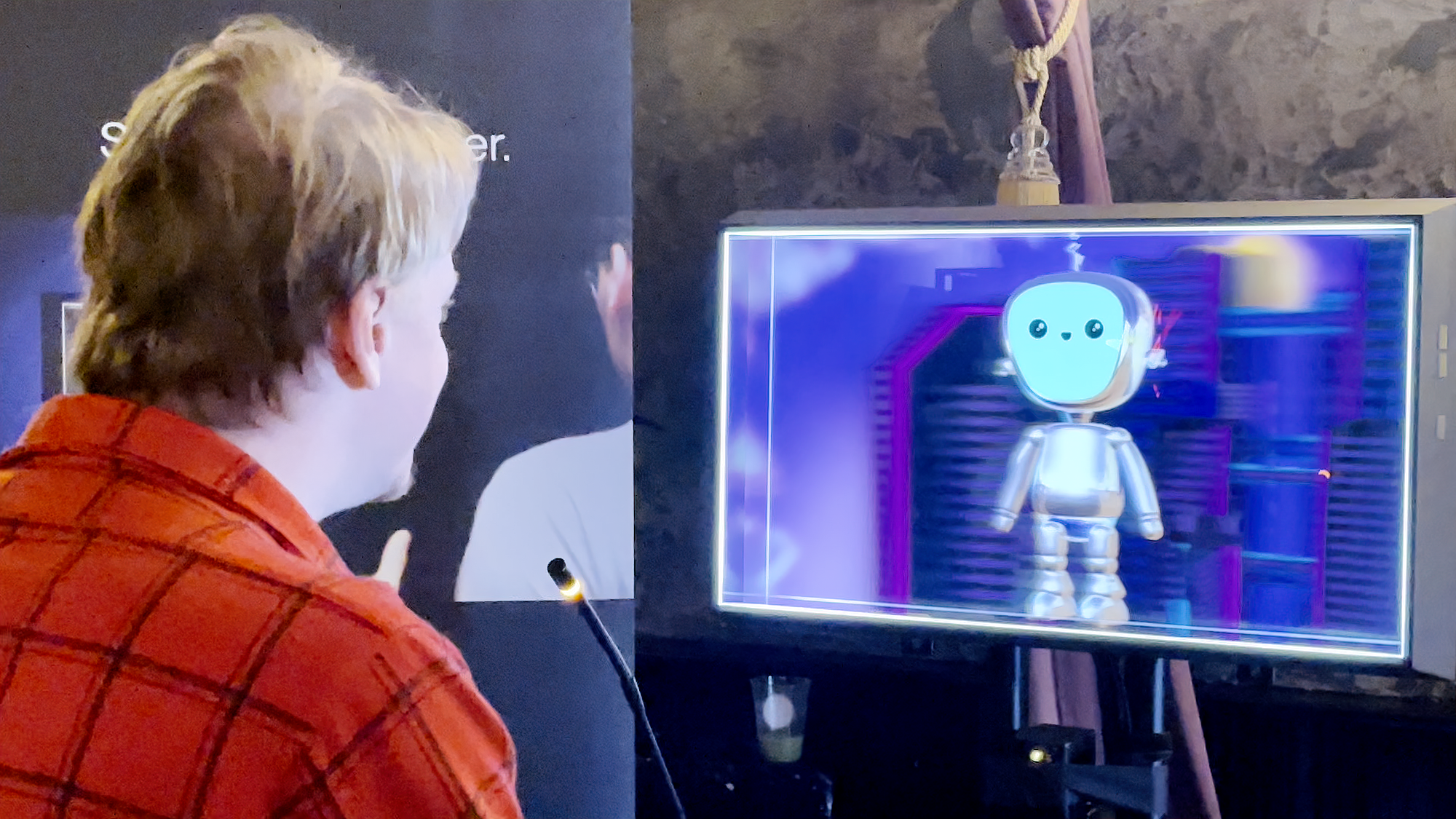
Last month, I had the joy of attending BCONLA, the first-ever official Blender Conference outside of Amsterdam. It changed my life in many subtle ways, but the most prominent was in how it brought so much of my recent work full-circle.
The Background
About ten years ago, I sat in a classroom at my community college debating whether or not it would be a good idea to drop out.
On the one hand, I would be freed from the frustration of having to be physically present somewhere I didn’t want to be in exchange for the promise of an education, a degree, and (potentially) a job.
On the other hand, I would miss out on a (potential) wealth of information and accreditation.
The ambitious part of me called for some radical change, something to shake things up and force my attention and action. The measured part of me called for some patience. These competing parts compromised and at some point, I found myself finding alternative educational resources online, namely CS50’s channel on YouTube.
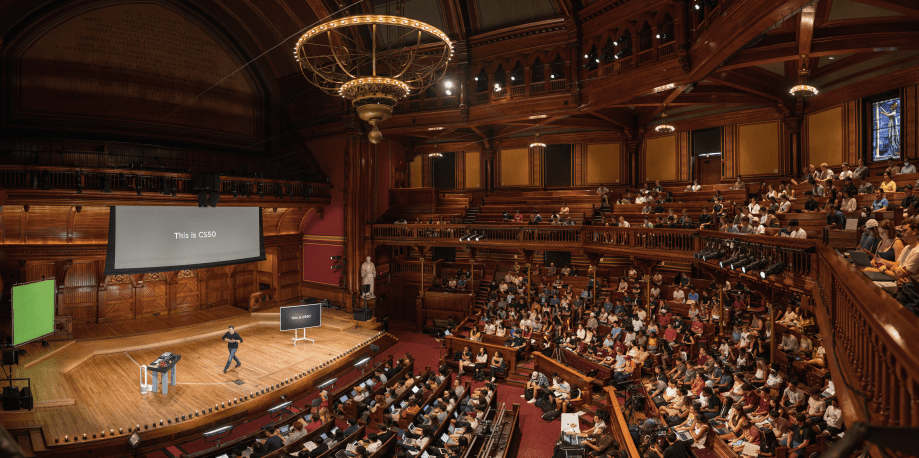
CS50 is Harvard University’s introduction to the intellectual enterprises of computer science and the art of programming. As it turned out, the course has a massive enrollment around the globe and there were hundreds of thousands of students taking it online, both on YouTube and edX, completely for free.
I started watching the lectures online through edX and immediately found the course material and pedagogy gripping, to say the least. I was fully absorbed by the lectures, to the point where I ended up enrolling myself in CS50x Miami, a version of the course that had recently been made available at my community college. This course and its learning approach had single-handedly revitalized my interests in learning.
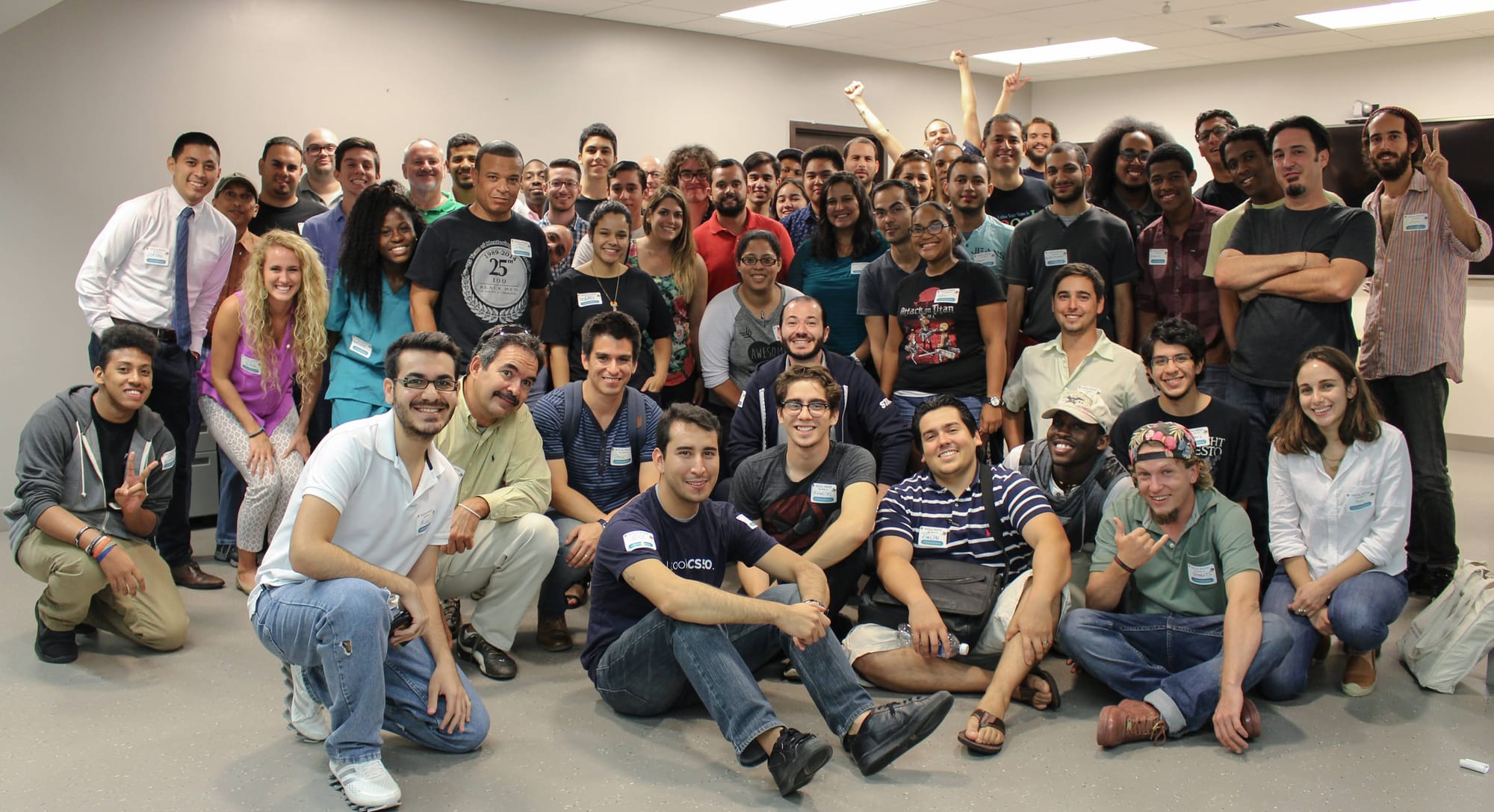
I was so excited by this course that I took to making videos and promotional content for it to encourage other students at my college to enroll. Before I knew it, I was fully entwined with the course's organizing team and in touch with many others like ourselves who were adopting or adapting versions of the course to teach in their own communities around the globe.
One thing would lead to another and I eventually wound up working full-time at CS50, but that's a story for another time.
Enter Blender
Five years ago, while searching for ways to augment my work as a Technologist in Photo and Video Production at CS50, I downloaded Blender and never looked back.
As though the promise of a free and open-source creation suite wasn’t enough, in Blender I found a strong spirit of community. The Blender community’s core values – creativity and innovation, community-driven development, education, accessibility, and inclusivity – all rang true to the same ethos that drew so much of my attention when I’d first enrolled in CS50 online.
For any given toolset within Blender, you’re bound to find countless YouTube channels and Discord servers that are dedicated to resource and knowledge sharing. The idea is simple: collective growth and enablement is empowerment.
Supported by some of the same creatives whose tutorials and walkthroughs I’d been studying and learning from, I eventually became comfortable enough in Blender to start answering questions and making online tutorials and walkthroughs myself. These Blender experiments soon extended beyond my computer and phone screens to augmented and virtual realities, and would find me deeply embedded in the XR space.
Through the Looking Glass
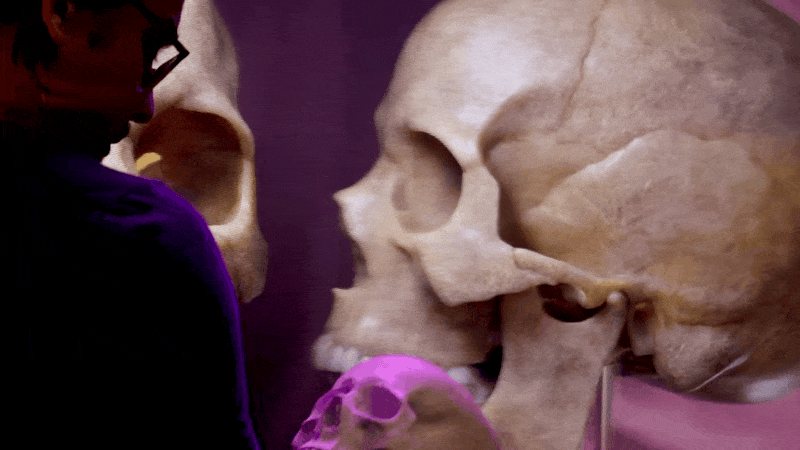
In 2020, while looking for novel ways to display my photography, videos, and Blender renders in 3D whilst on the go, I learned about light fields – a representation of the way that light illuminates an area.
Imagine wielding the power to display 2D AND 3D content in true 3D. Whether it's a family photo from years ago, or the latest capture on the Apple Vision Pro. Imagine wielding the power to run applications that enable you to use your hands or voice to engage with that content.
In a Looking Glass display, light fields create lifelike 3D visuals without the need for special glasses or headsets. This display technology allows multiple people to view the same scene from their individual perspectives while retaining an accurate volumetric depiction of the content on the display.
In other words (and specifically Tony Stark's words from Iron Man 2),
"These aren't just projections, they're interactive holograms."
When I discovered Looking Glass in 2020, I immediately backed the Looking Glass Portrait's Kickstarter campaign and when it finally arrived at my doorstep, I plugged it in, installed the Blender add-on, and saw the light.
Pun intended.
To date, this is the best means that I've found of showcasing my work in 3D, and like I'd done with CS50 and Blender, I ran to tell and teach the world about it.
A Blender render by yours truly featuring Uncle Rabbit, one our conversational holographic AI characters
It was through that content, the community, and the shared resources that Looking Glass found their new Community Manager (spoiler: it's me).
Through the last ten years, Looking Glass has amassed a whole community of creatives from all walks of life who are interested in playing with and expressing themselves creatively with new and advanced technologies. A large part of my work here entails identifying, supporting, and highlighting these efforts.
It’s been my pleasure thus far to have the opportunity to work with friends old and new in the art of making cool shit happen.
Enter Blender Conference LA (BCONLA 2024)
Looking Glass launched Blocks (our hologram sharing platform) in 2022, when I was 2 months fresh into the gig. Tasked with finding alpha and beta testers for this new delivery format, I turned to the Blender community that had supported me through my first deletion of the default cube.
Together, we stress-tested Blocks to launch day and beyond. Some of my favorite holograms have come from those early days, like this sunflower scene by Erindale Woodford:
Sunflowers, by Erindale Woodford
It's been a joy to meet and work with artists and creatives who use Blender and are actively (or tentatively) using a Looking Glass as part of their creative process.
When I first caught wind that Blender Conference (BCON) would hold its first-ever U.S stint in LA this year, it was a no-brainer that we'd have to sponsor and support.
Autotroph, the minds behind CG Cookie and Blender Market, hosted this year's BCON and working alongside their team, we crafted a magical interactive experience for BCON attendees.
Liteforms, like Uncle Rabbit in the hologram above and Android Andi in the clips below, are Looking Glass' interactive AI holographic conversational characters.
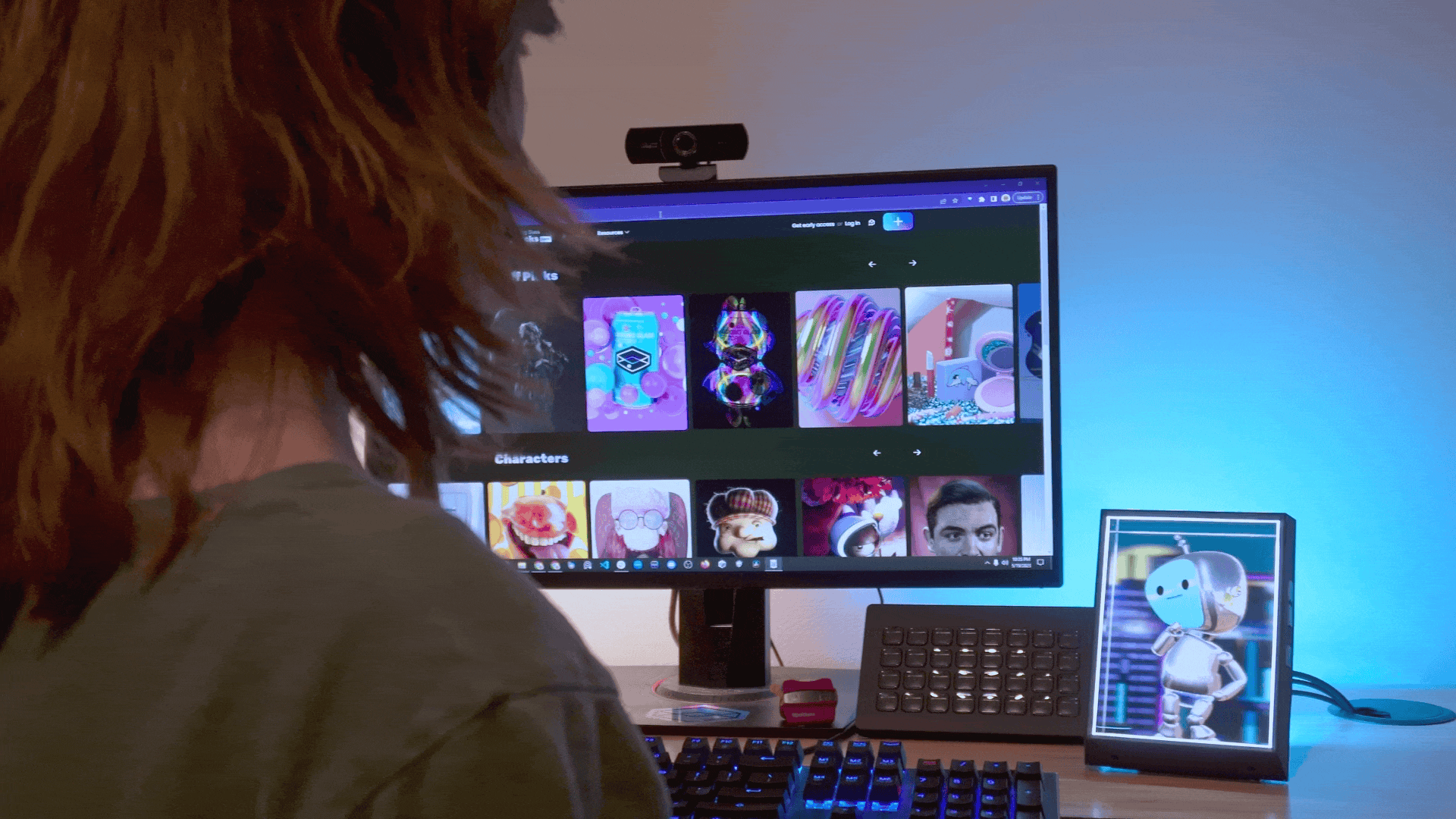
In the case of BCONLA, Looking Glass and Autotroph had the joint opportunity to highlight the work of Ellie MacQueen – a Blender educator, Blocks alpha tester, and the creator of one of the first Liteforms, Android Andi.
Inspired by the cuteness of robots like Pixar's Wall-E and their own southern background, Ellie created Andi from scratch using Blender, becoming one of Liteforms' three original characters. Since then, folks have chatted with Andi for hundreds of hours via the Liteforms app on their Looking Glass displays (and even 2D devices!)
At BCONLA, we deployed a version of Android Andi that was knowledgeable on the days' schedules, speakers, and locale. This meant that attendees could ask questions like "I'd like to learn more about using Grease Pencil in Blender, can you recommend some talks I should attend this weekend?" and get back a response with a bespoke itinerary with the exact times and location of the talks, background information on the speakers, and a bit of Andi's southern charm.
A supercut of BCONLA 2024, featuring Ellie and Android Andi!
Interactions with Andi over the weekend sparked deeply interesting conversations about the future of robotics, engineering, experiential marketing, VFX, and the Internet – all within a space clad with people with the drive, power, and know-how to build and make those futures happen.
These words, clips, and pics don't do it enough justice, but having the opportunity to finally connect in person with so many members of the communities that have shaped my career and whose careers I've helped shape affirmed all these past years' efforts and altered my brain chemistry for the better.
I couldn't be more grateful to the CS50 and Blender communities for upholding empowerment through education, to Autotroph for hosting such a stellar weekend, and to my own team at Looking Glass for recognizing and supporting creatives and events like this through their trust in me as their Community Manager.
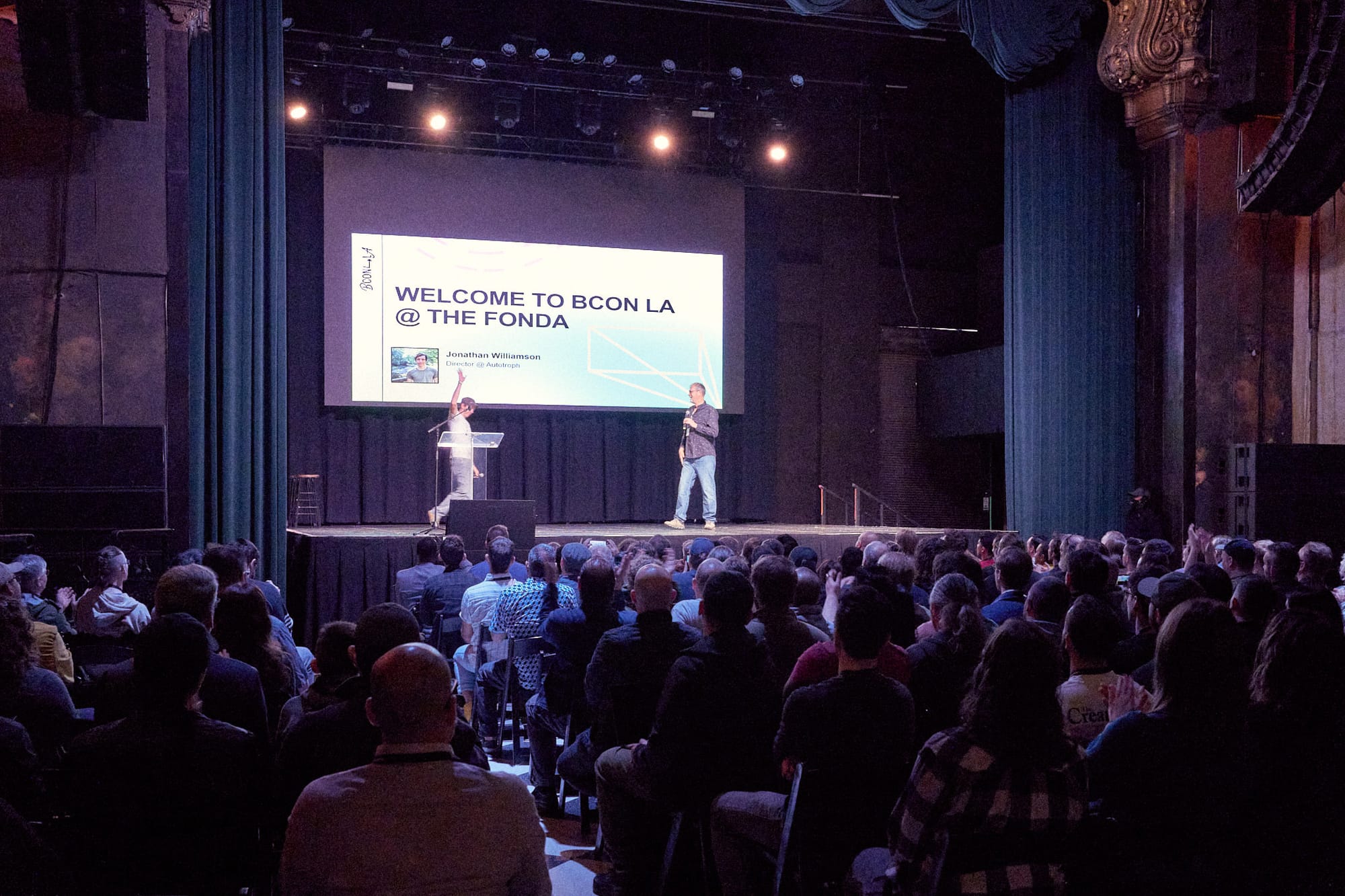
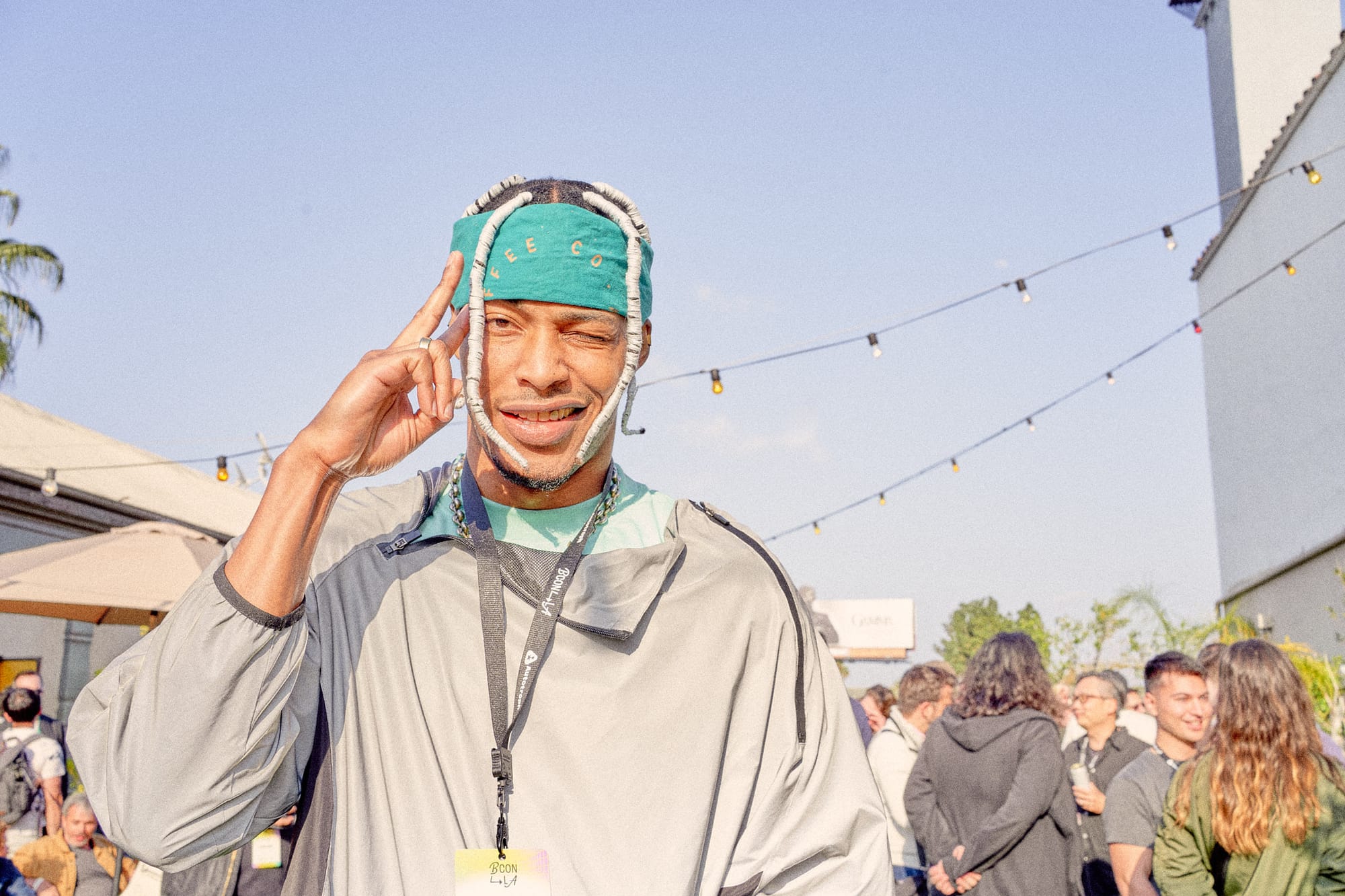
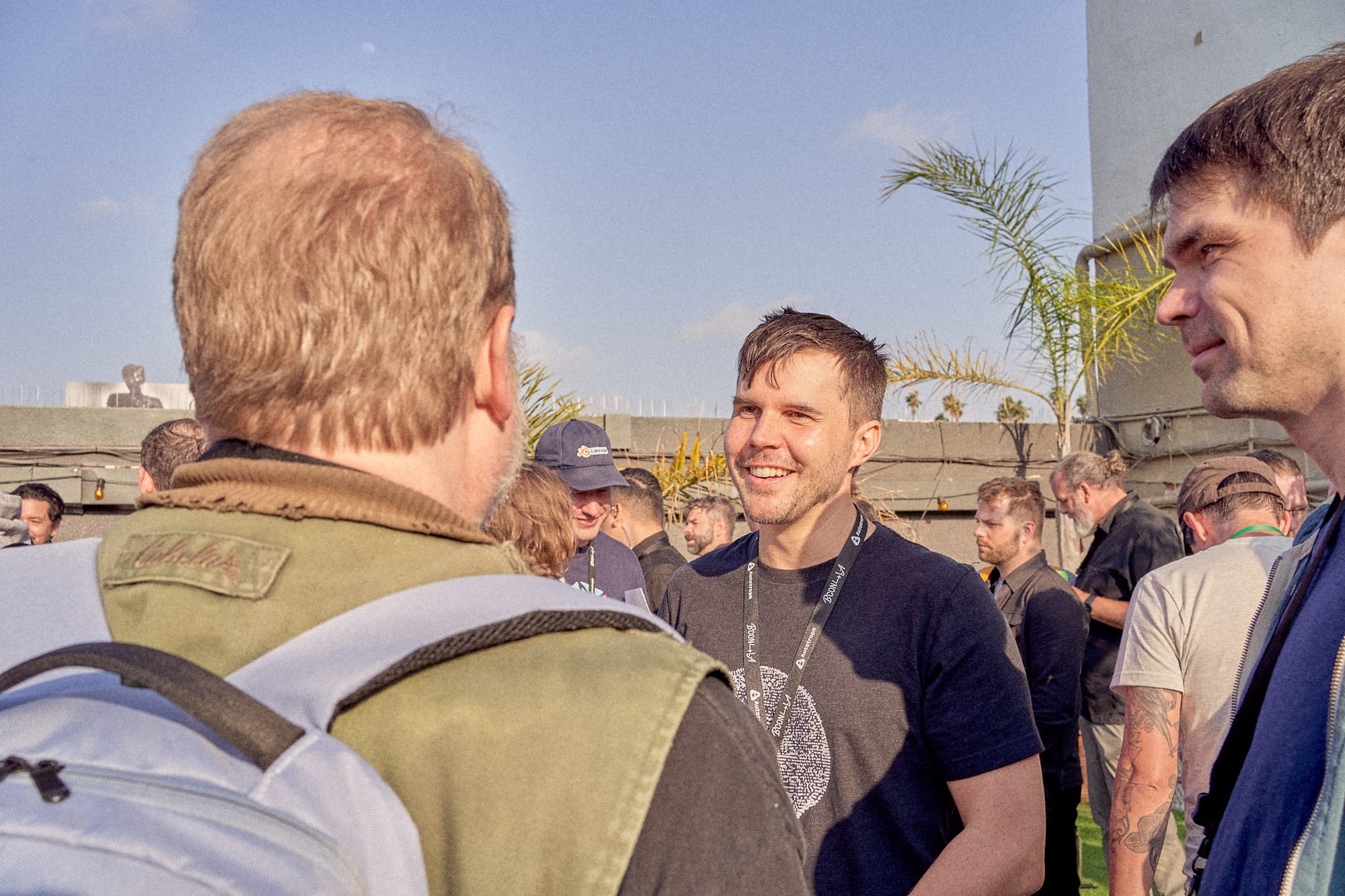
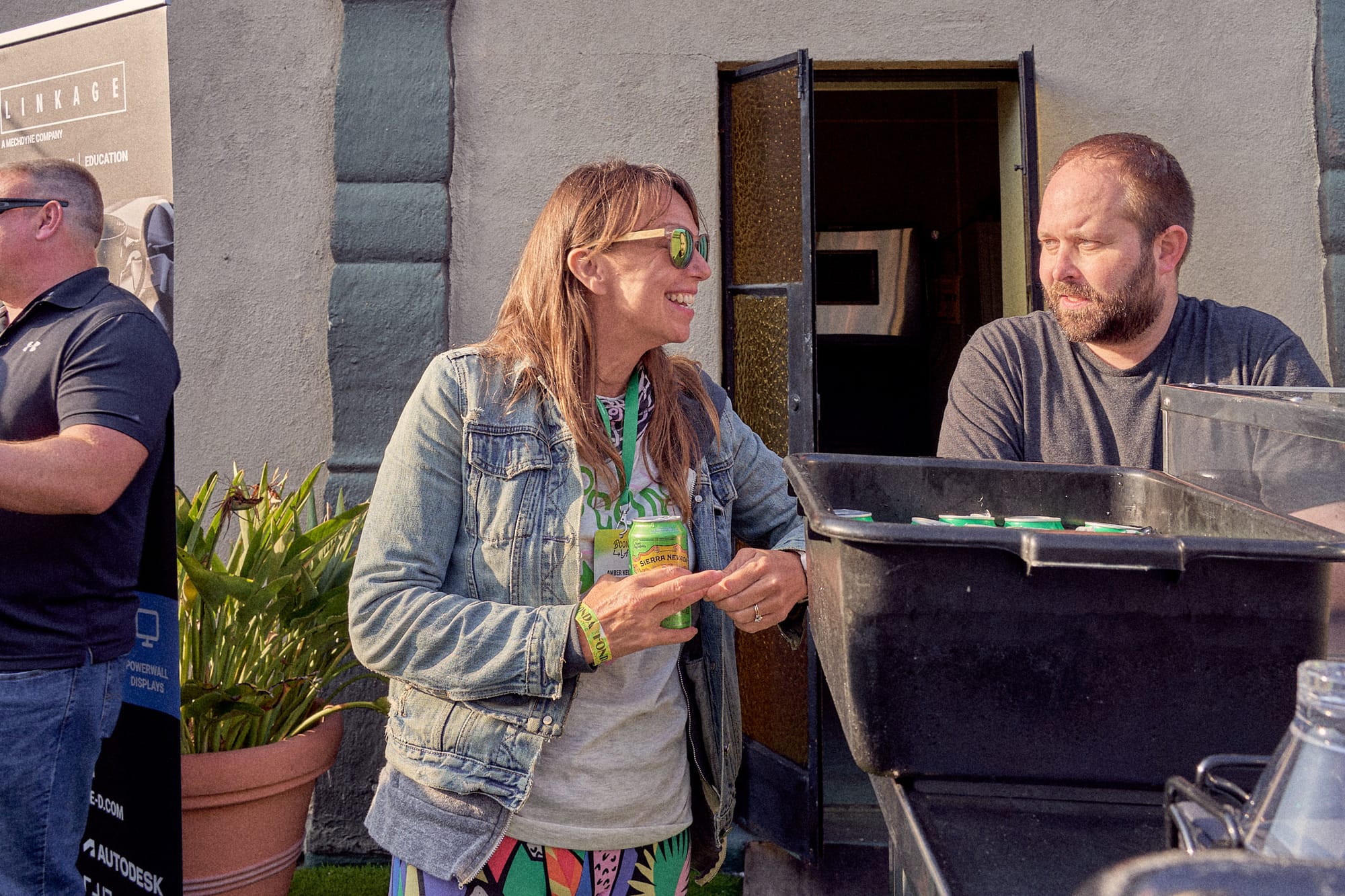
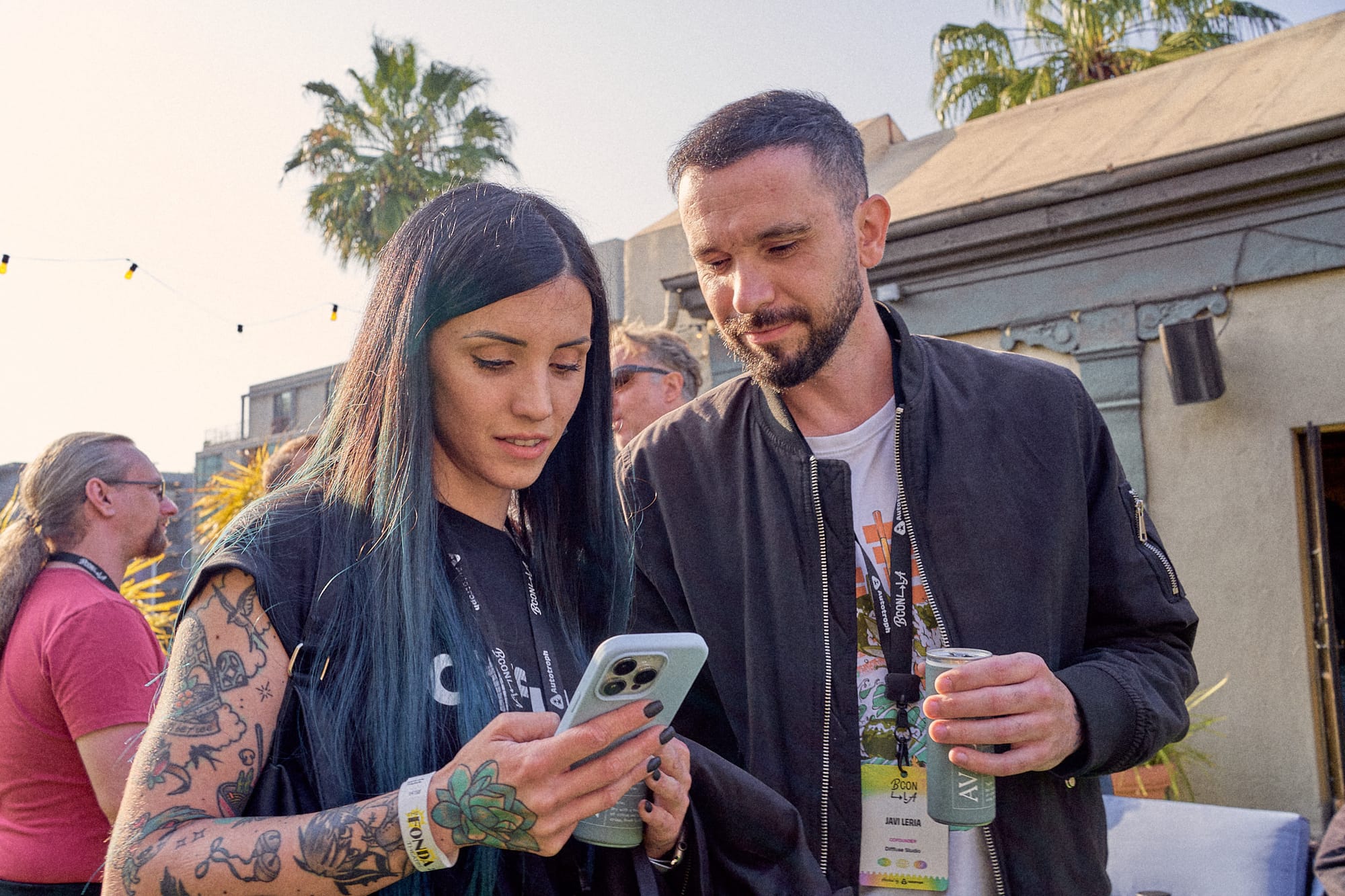
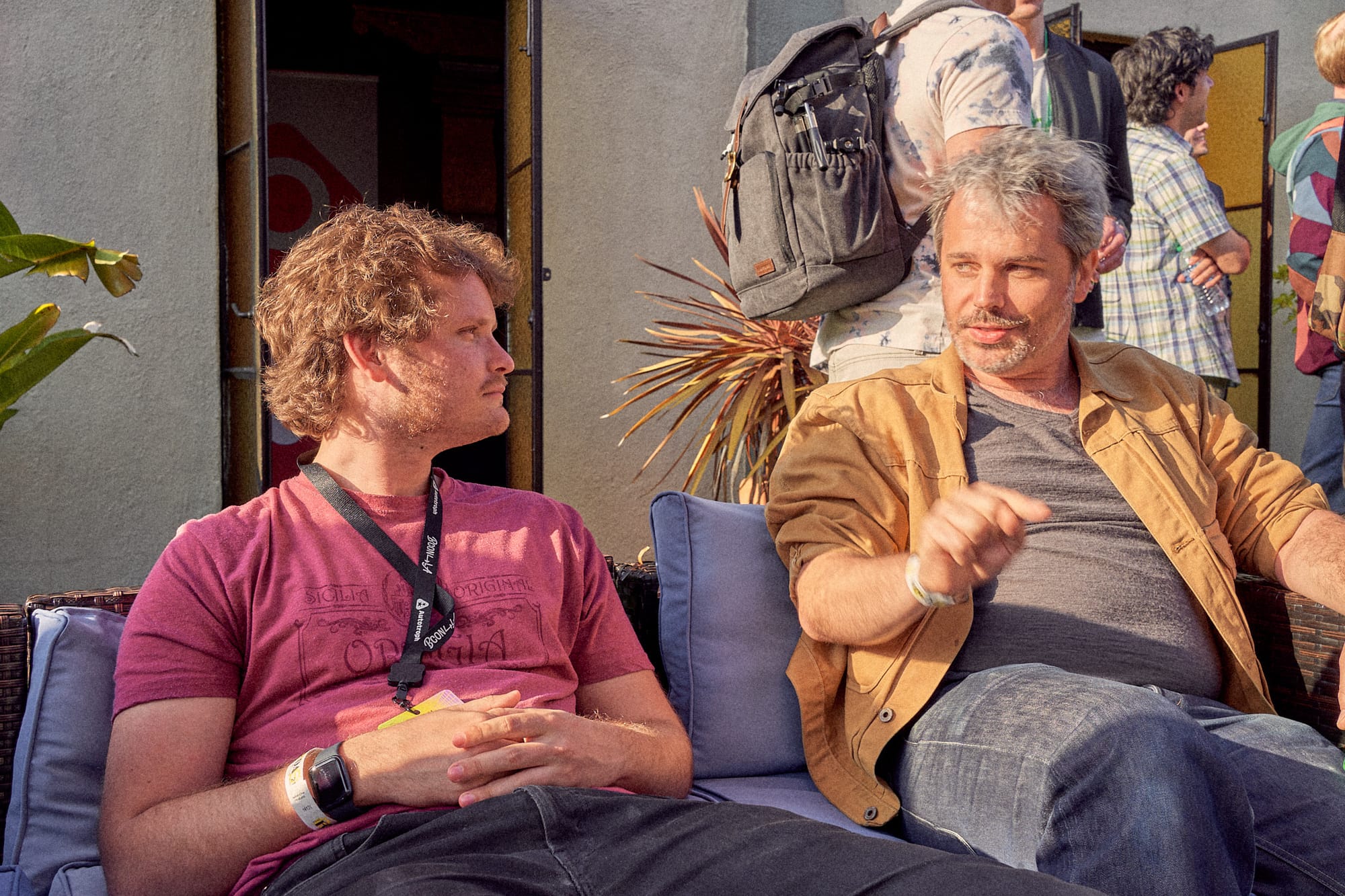
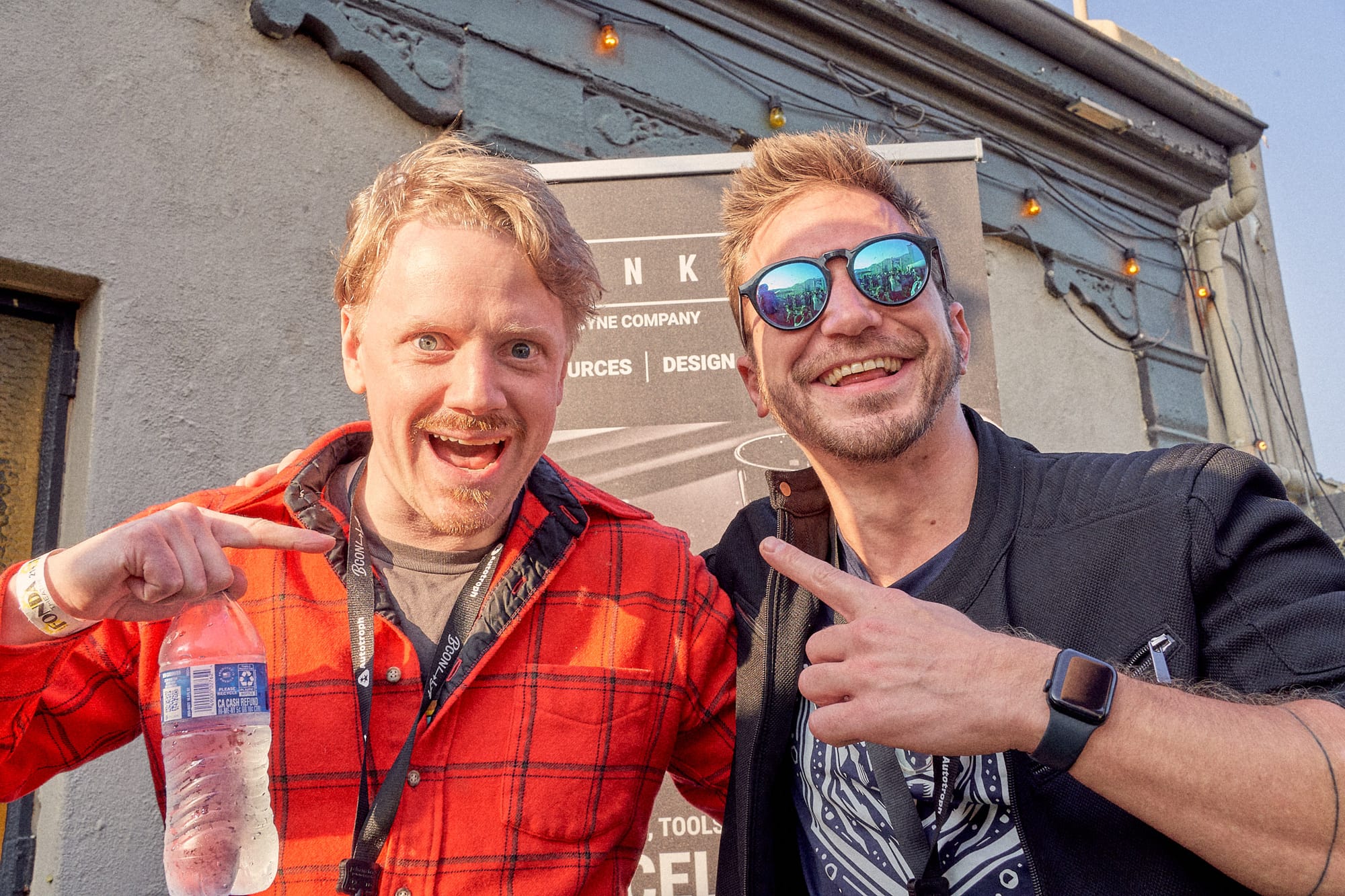
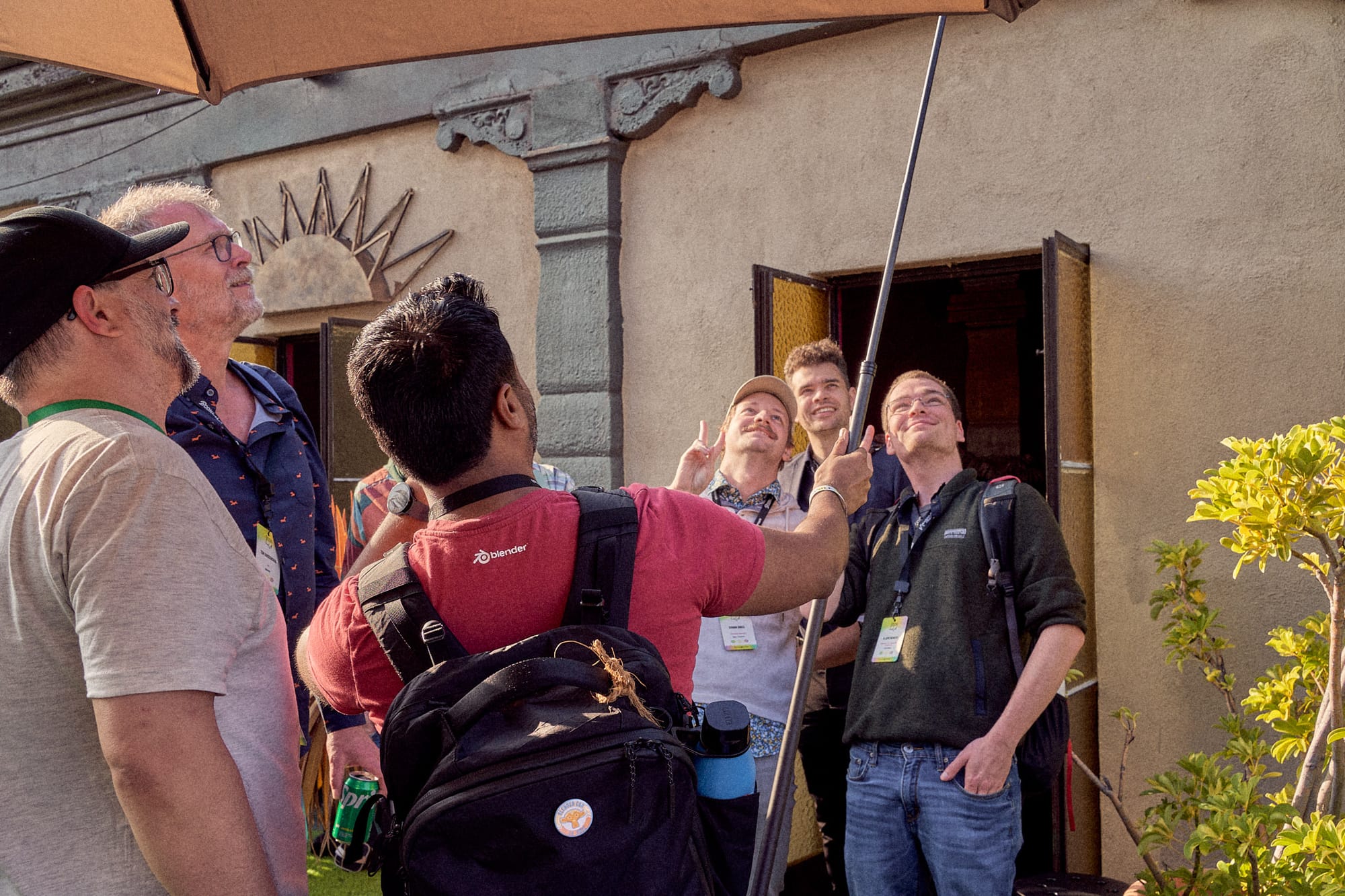
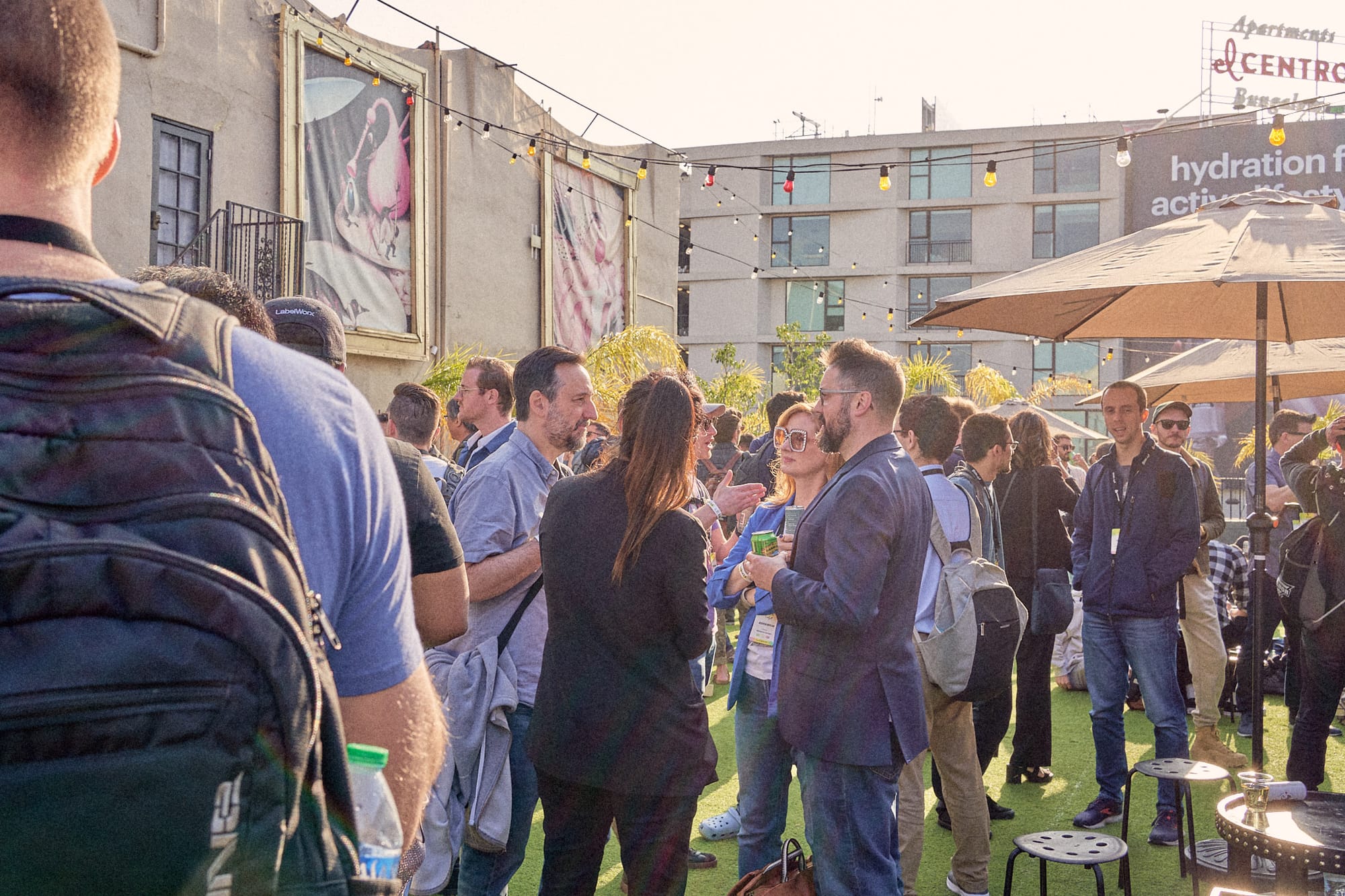
Some captures from that wonderful weekend
If you'd like to learn how you can create your own holograms using Blender, with or without a Looking Glass display, check out this handy walkthrough and join our Discord community to connect with artists and creatives like you!
https://look.glass/community
My walkthrough on how to make a hologram in Blender, with or without a Looking Glass
